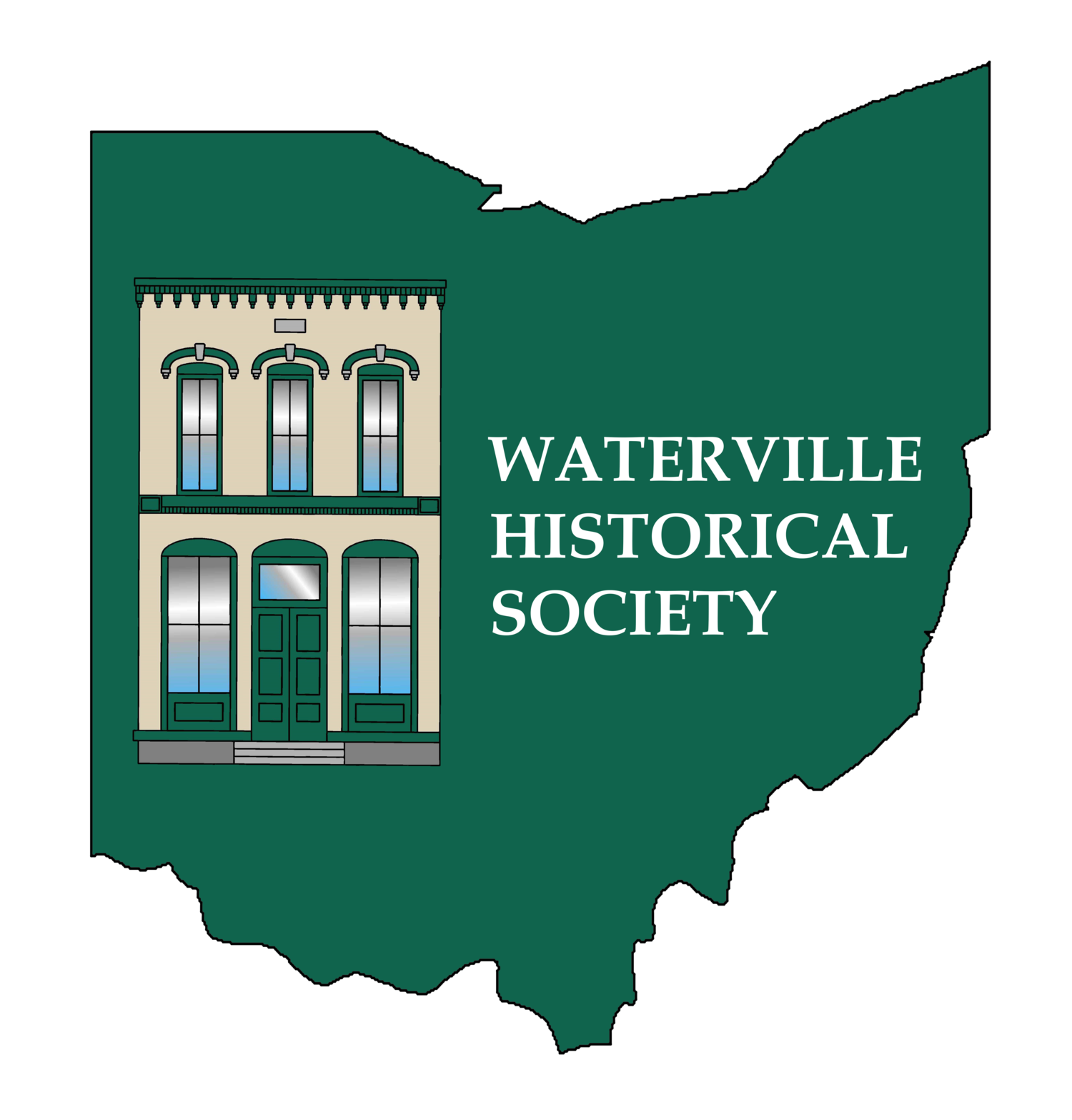To Stay or Leave or Escape
Toledo House of Correction
The Toledo Welfare Farm also known as the “Workhouse” was located on Schadel Road near Whitehouse. They had one man who didn’t want to leave. His name was John Summit. It was not his real name. No one knew what his name was really. He was found on Summit Street in a dazed condition and couldn’t tell them his name in this condition. John was an immigrant from Austria with a poor command of English. He may have had family back in Austria. After spending a year at the workhouse for chronic vagrancy, he asked on February 2, 1925 at the age of 56 to stay there the rest of his life. He lived there for 33 years and died on October 14, 1958. He was an excellent farmer, kept a garden and built himself a home out of scrap lumber. He made a concrete cross where he worshiped and placed near his home. The cross could be seen at one time as you drove down Schadel Road near the complex.
Now there were others that didn’t want to stay. It has been said there was never a “break out” from this place but history in news articles tells us a different story. One inmate got a hacksaw, cut the bars of his cell but then stayed in the cell when he realized it was too cold outside and he had no coat. Some walked away during the outdoor recreation time, working in the quarry, etc. Several pried loose a bar and broke a dormitory window, wriggled through a 12” x 16” opening and dropped 10 feet to the ground. In 1956 nine escaped with seven returned, eight in 1955 with five returned. The most that escaped in one year was 16. Of these eight escaped from work gangs, two were trustees assigned to the workhouse barn and six escaped from the dormitories between midnight and 1:00 a.m. but most of the escapees were recaptured. Usually when someone escaped the workhouse whistle would blow so neighboring farmers would know to be on the lookout. In one episode an 11-man posse stalked two escaped prisoners through five miles of muddy fields. They were captured as they were crawling in a soybean field near Whitehouse-Archbold Road by tracking them through the muddy field.
The grounds of the former Toledo House of Corrections or the Workhouse is now part of the Metroparks of the Toledo Area and the Blue Creek Conservation Area.







